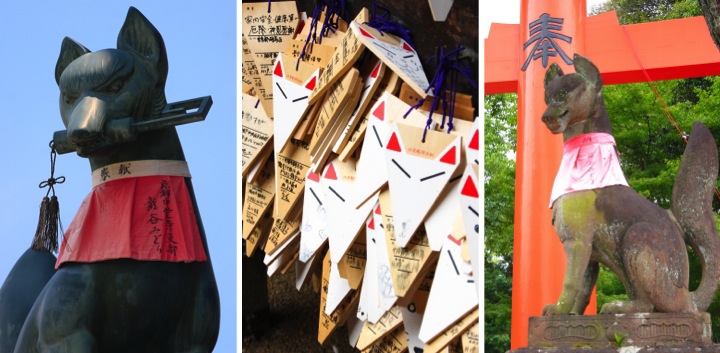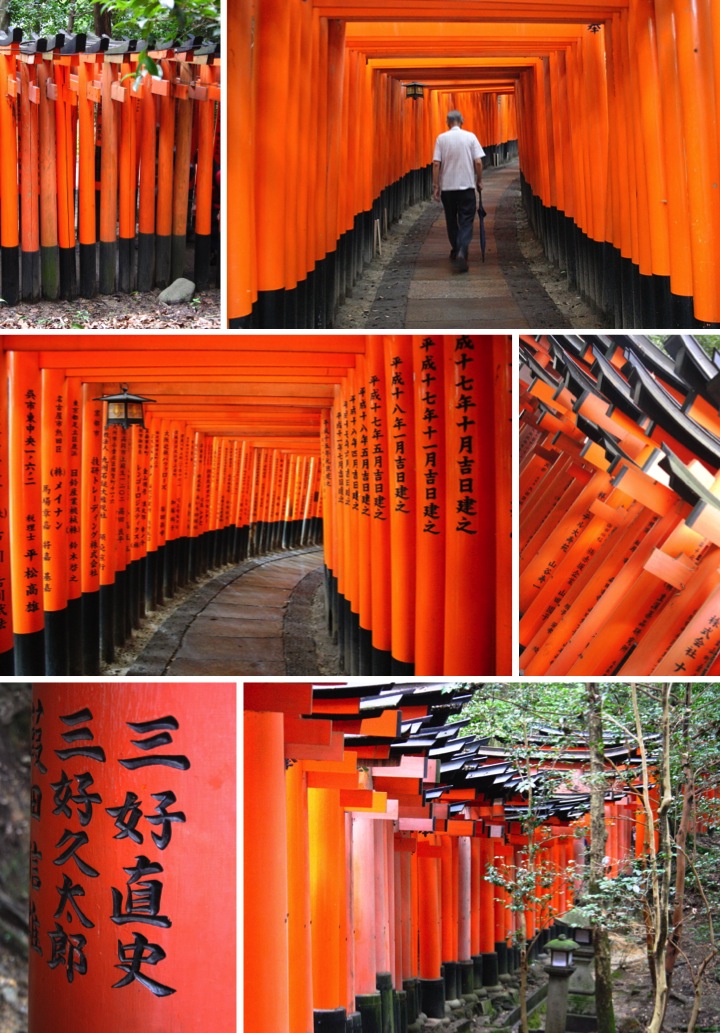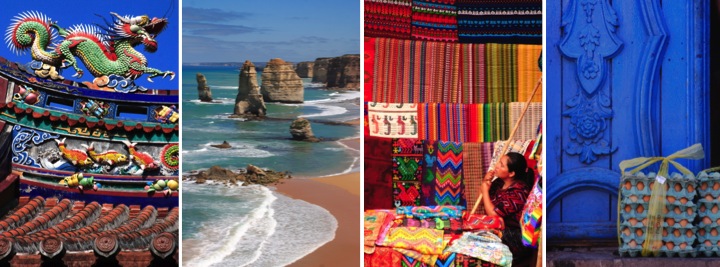My Favorite Shrine in Kyoto: Fushimi Inari Taisha
Kyoto is an amazing place full of Japanese shrines and temples. With roughly 2000 to chose from you could spend years and not see it all.
On my first trip to Japan back in 2006 I had a Sunday to myself that I spent in Kyoto. As I was planning my day off a Japanese colleague asked me what I was planning to see. I said that I was trying to narrow down to a few temples and shrines to visit since there was no way to see it all. "Yes," he replied, "as you Americans say don't even think about it." 
Not only did he do a nice job of working an English colloquialism into the conversation (he loved picking them up from watching American TV) but he was also right that if you go to Kyoto and try to see everything you'll end up seeing nothing.
I've been to Kyoto many times over the years during business trips to Japan and while I was living over there and when I've gone I usually focus on visiting just a handful of places. With all the amazing places to see in Kyoto I have a special fondness for Fushimi Inari Taisha (伏見稲荷大社). It is south of town and a little bit out of the way but so worth visiting.
Fushimi Inari is a Shinto shrine dedicated to the kami (神), Japanese shinto spirit, Inari (稲荷). Inari has many depictions sometimes represented as male, female or androgynous and sometimes as a collection of three or five individual kami. There are many Inari shrines in Japan but Fushimi Inari is the head Inari shrine and dates back to 711 AD.
The entrance to Fushimi Inari has a typical layout. On the sando (参道), or shrine approach, two large red sacred gates, torii, mark the main entrance to the shrine's grounds. Passing under the second torii, on the left is a temizuya (手水舎) which is a basin filled with water for purification before entering the shrine. Continuing along the sando is the romon (楼門), or tower gate, which you pass under to enter the main area of the shrine.
Inside the shrine the go-honden (御本殿), main shrine, is a beautiful building located at the base of Mount Inari and is the heart of the shrine complex.
Inari is associated with white kitsune (狐), or foxes, that act as his/her messengers. A typical Inari shrine has very stylized fox statues flanking gates and Fushimi Inari is no exception. The ema (絵馬), Shinto wooden wishing plaques, at Fushimi Inari are even in the shape of a fox. You can buy one at the shrine, write your prayer or wish on it, and then leave it at the shrine for Inari to receive.

The thing that I absolutely love about visiting Fushimi Inari is wandering through the torii (gates). Inari is the patron kami (spirit) of fertility, rice, agriculture, foxes, industry and worldly success. Because of the two later items companies in Japan will have torii erected at Inari shrines with their company name written on them.
The rows of torii create paths that wind through the forest and up the mountainside. Although there are generally a good number of people near the entrance to the shrine you can quickly find yourself alone as you explore deeper along the paths. It is a really peaceful and beautiful experience and if you should ever find yourself in Kyoto, be sure to make a trip to Fushimi Inari Shrine.

To reach Fushimi Inari Taisha, you can take the JR Nara Line from Kyoto Station and get off at Inari Station. The train ride is about five minutes and then the walk to the shrine from Inari station is about three minutes.

 Friday, May 25, 2012 at 11:49AM
Friday, May 25, 2012 at 11:49AM
